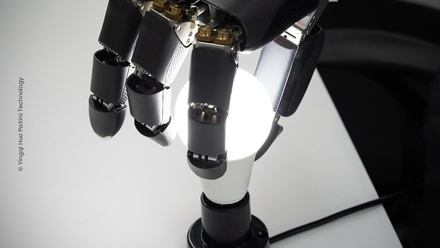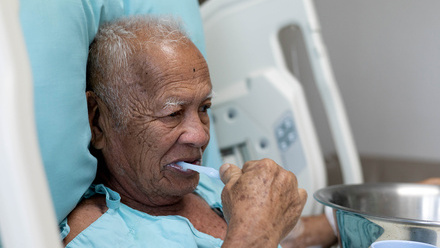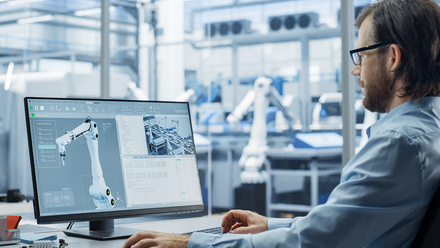The cities of tomorrow
Collaborative sensors could be used to transform urban environments by improving traffic management, helping emergency service responses and creating infrastructure that can adapt to changing conditions. The technology has been the focus of research in the defence sector, where real-time decisions and actions are critical. But benefits have also been identified for civilian life, including in cities.
The sensors work together to connect systems and enable more context-aware decision. For example, a self-driving car would use its own sensors to make decisions about driving but could also be alerted to a speeding vehicle that could collide with it thanks to sensors in traffic lights further away.
The innovation has been named in the World Economic Forum’s Top 10 Emerging Technologies of 2025 flagship report.
The report says: “The potential impact of collaborative sensing extends beyond traditional traffic management, reshaping urban resilience, supply chains and emergency response capabilities. Cities could develop adaptive infrastructures that respond in real time to changing conditions, enabling more dynamic resource allocation during crises, optimized delivery routes for critical supplies and coordinated emergency vehicle deployment. With intelligent mobility systems forming the foundation of these capabilities, urban environments could serve citizens through seamlessly integrated technological systems.”
Other technologies named in the report include engineered living therapeutics, green nitrogen fixation and advanced nuclear technologies.






